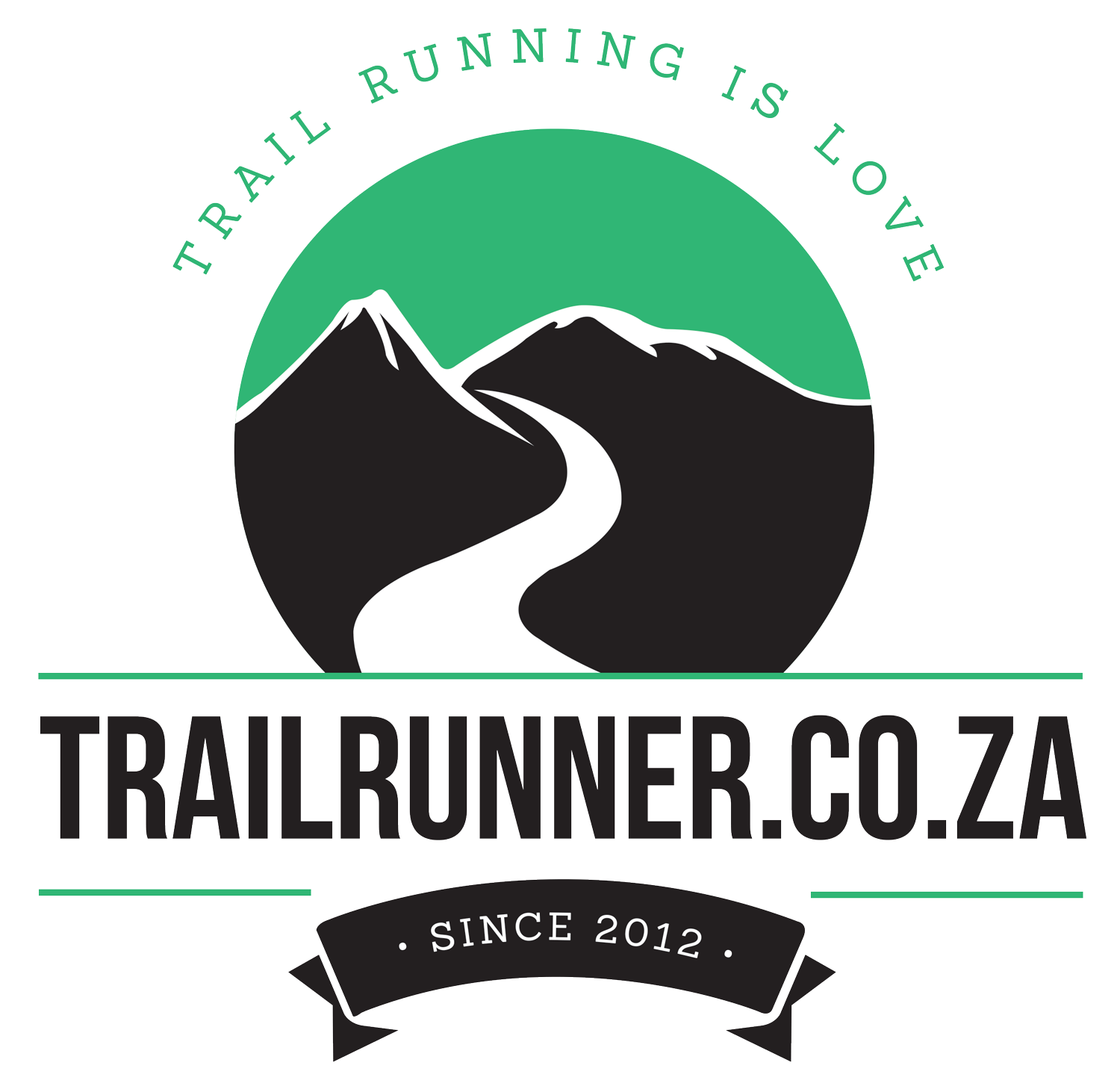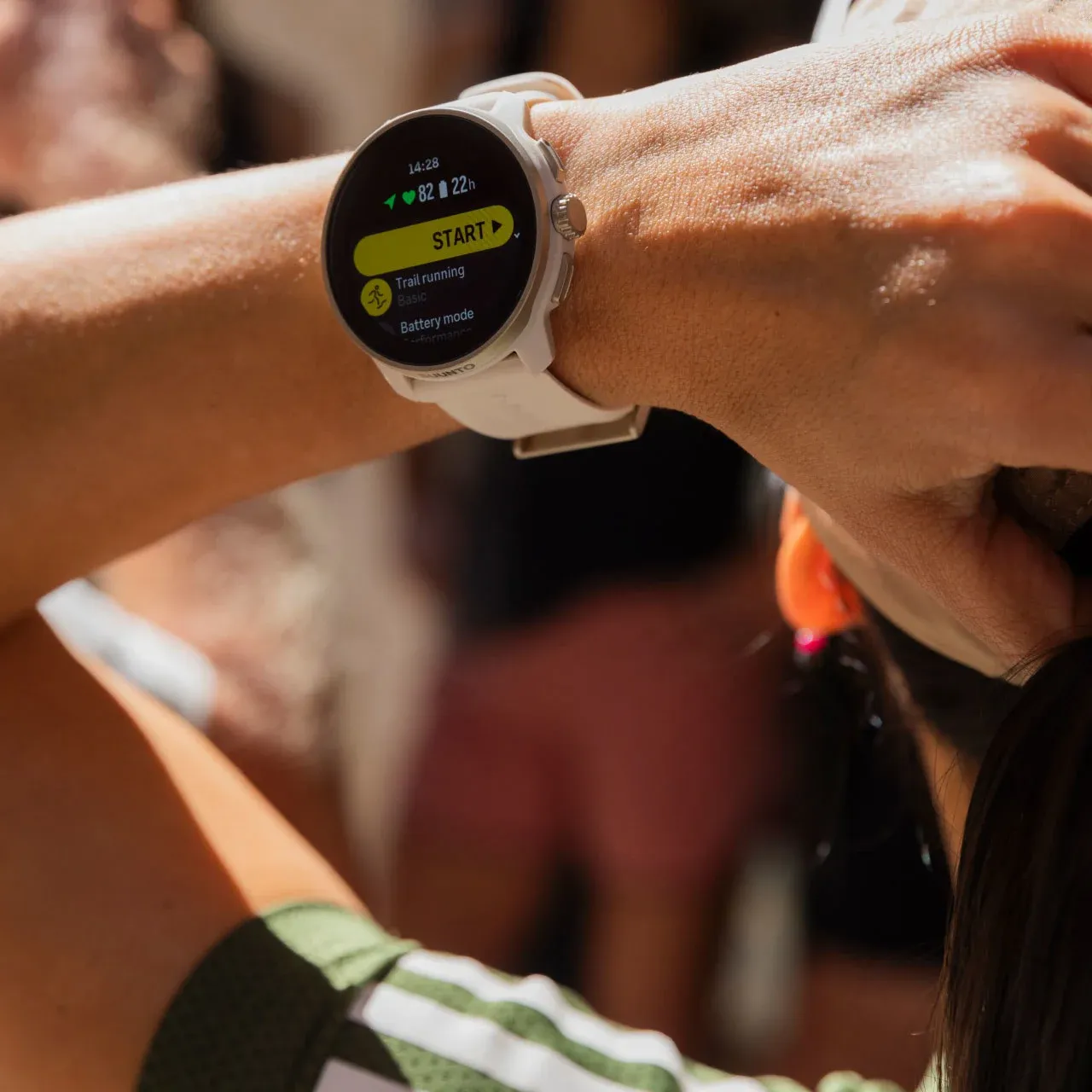Five weeks into my training, I hit a breakthrough that reshaped my training. My Zone 2 runs felt too easy, like I was plodding along while London’s routes begged for more. A heart rate (HR) drift test revealed my aerobic threshold (AeT) was way higher than I thought - ~165-170 bpm, not the 140 bpm I’d been targeting. This game-changer has me running faster, feeling stronger, and rethinking my approach. Here’s the full story of my HR drift test, what it means for my aerobic base, and why every runner should try it.
Why I Questioned My Zone 2 Pace
For weeks, I’d been running Zone 2 in Dubai’s heat, pegging my heart rate at ~130-140 bpm based on rough estimates (180 minus my age, 39, plus a bit of tweaks). The internet swears by 130-140 bpm for Zone 2, and my runs were super slow during that stage. But recently my runs felt too slow - like I was holding back when I could’ve pushed harder. My Training Stress Balance (TSB) score, which I track to gauge fitness gains (read more here), hovered above -10, signaling I wasn’t stressing my body enough to get fitter.
I knew Zone 2 - where you build aerobic endurance without tipping into anaerobic territory - is critical for ultra running. Elite runners like Kilian Jornet hammer Zone 2 for 80% of their training, and I’m following suit for UTMB. But those generic 130-140 bpm guidelines? They’re just a starting point. To dial in my Zone 2, I needed hard data. Enter the HR drift test - the easiest, most reliable way to find your aerobic threshold.
What Is an HR Drift Test?
An HR drift test measures how much your heart rate “drifts” upward over time at a steady pace. If your HR stays stable, you’re below your aerobic threshold (AeT), meaning you’re in Zone 2, burning fat efficiently. If it climbs significantly, you’re above AeT, dipping into anaerobic zones where fatigue hits faster. Here’s how it works:
- Warm up: Run 10-15 minutes at an easy pace.
- Set a steady pace: Choose a comfortable pace you can hold for 30-60 minutes (I picked 6:00 min/km).
- Monitor HR: Run for 30-60 minutes, keeping your pace consistent. Track your heart rate (I used my Suunto Race S).
- Calculate drift: Split the run into two halves. Compare the average HR of the second half to the first. If the second half’s HR is >5% higher, you’re above AeT. Less than 5%? You’re in or below Zone 2.
For a deeper dive, check out Uphill Athlete’s guide.
My HR Drift Test: A Surprising Result
On May 16, four weeks after starting my UTMB training, I ran a 10.03km HR drift test in London. I’d been targeting Zone 2 at 140 bpm, with most runs averaging ~130 bpm. For the test, I settled into a comfortable 6:00 min/km pace, expecting my HR to hover just above 145 bpm. Surprisingly, it stabilised at 155 bpm—higher than planned but steady. The middle 6km, my test segment, showed no significant drift (less than 2% increase).
This meant 155 bpm was well below my AeT. My aerobic threshold was closer to 165-170 bpm, making my true Zone 2 range ~145-160 bpm, with 160 bpm as my new target. You can view at the run here.
Putting It to the Test: Long Runs at 160 bpm
To confirm, I pushed my next two long runs - 21.18km on Saturday and 18km on Sunday - at 157-158 bpm. The results blew me away: paces of 5:54-5:57 min/km, a massive leap from Dubai’s 7:00-8:16 min/km, with no pace drop-off over 20km. My cardio felt effortless, and I fueled with 400 kcal and 600-1000ml water per run, mimicking ultra conditions. My VO2 Max climbed to 46.4 (+4.1 since April), and TSB stayed in the “getting fit” zone (-7 to -26).
This shift shows my aerobic base is growing fast - faster than I expected after just five weeks. My body’s responding well, likely boosted by consistent volume (70.75km in Week 5). But I’m scratching my head: 160 bpm feels high for Zone 2, and my pace (5:54 min/km) is still slow for that heart rate. Is this a long-term win, or should I aim for faster paces at a lower HR?
What’s Next: Speedwork and More Volume
The HR drift test was a wake-up call, but it raises questions. A higher AeT means a stronger aerobic base, which is awesome for UTMB’s 170km. But my pace at 160 bpm isn’t where I want it for a decent finish in 2030 (target: ~4:50 min/km on trails). To bridge the gap, I’m tweaking my plan:
- More speedwork: Adding tempo runs and fartleks (1-2x/week) to boost pace. This should push my AeT higher over time.
- Higher volume: Week 5’s 70.75km felt great, and runs at 160 bpm have similar stress (TSB) to my old 130 bpm runs. I’m targeting 70-80km in Week 6, wedding fun permitting, to keep fatigue in the “getting fit” zone (-10 to -30).
- Regular HR drift tests: I’ll retest every 4-6 weeks to track AeT shifts. A lactate test is on the horizon for precision, but HR drift is simple and free.
- Balance speed and endurance: I’m mixing 160 bpm runs with slower 150 bpm sessions to build speed without sacrificing aerobic gains.
I’m digging into resources like Training for the Uphill Athlete and bouncing ideas off Grok (xAI’s AI assistant - super helpful for nerdy training questions).
Why You Should Try an HR Drift Test
If you’re doing Zone 2 runs, don’t guess your heart rate - test it. The 180-minus-age formula (141 bpm for me) is a rough guide, and was a good starting point for me but needed adjusting quite soon. An HR drift test takes 30-60 minutes and gives you hard data to optimise your training. Start with 180 minus your age as a baseline HR, run at a steady pace, and check the drift. If it’s under 5%, you’re in Zone 2. Too easy? Bump up the pace and retest.
My test showed I was undertraining, costing me progress. Now, I’m running faster, recovering well, and seeing gains. For ultra runners, nailing Zone 2 is non-negotiable - 80% of your training lives here. Get it wrong, and you’re either overcooking it or, like me, leaving fitness on the table.
Join the Journey
This HR drift test was a pleasant surprise, proving my body’s adapting quicker than I thought. Follow my progress on Strava or gear updates on Instagram. Check my UTMB 2030 intro post for the full plan.
Happy trails,
Kyle


